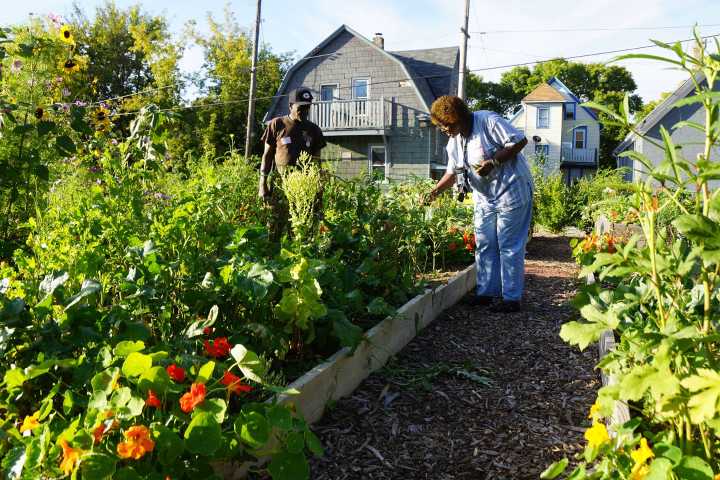Milwaukee’s reputation as a manufacturing powerhouse once defined its economic and cultural identity. But as industry collapsed and neighborhoods suffered decades of disinvestment, residents began turning to the land in vacant lots, schoolyards, and rooftops as a means of survival and resistance.
Urban farming in Milwaukee neighborhoods, spaces informally known as Agrihoods, didn’t arrive as a trend. It was born out of necessity, rooted in community self-sufficiency, and shaped by the city’s unique racial, economic, and environmental struggles.
GARDENS IN POST-INDUSTRIAL SOIL
Urban agriculture in Milwaukee has its earliest civic precedents in wartime “Victory Gardens,” but its modern legacy began to take shape in the late 1960s and early 1970s. As jobs left the central city and redlinin

 Milwaukee Independent
Milwaukee Independent

 TMJ4 News
TMJ4 News WFRV Local 5
WFRV Local 5 WKOW 27
WKOW 27 WMTV NBC15
WMTV NBC15 WBAY TV-2
WBAY TV-2 She Knows
She Knows Oh No They Didn't
Oh No They Didn't NFL New York Giants
NFL New York Giants Raw Story
Raw Story